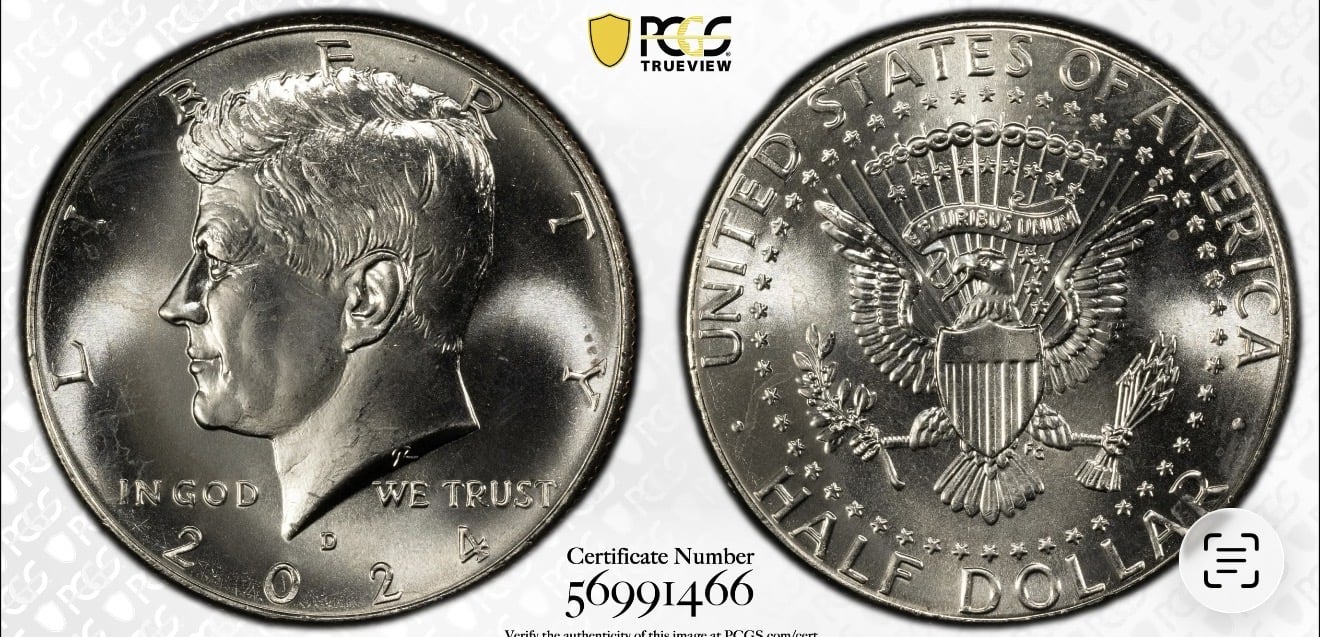Strategic Tech Leadership: What Analyzing an 1889 CC Morgan Dollar Teaches Us About Executive Decision-Making
October 8, 2025Capturing the Cartwheel Effect: I Tested Every Photography Method (Real Results)
October 8, 2025Cartwheel Effect Explained: Your Starter Guide to Coin Collecting’s Coolest Optical Trick
Picture this: you’re holding a shiny new coin up to the light, tilting it slowly… and suddenly its surface comes alive with spinning light! That magical movement isn’t your eyes playing tricks – you’ve just discovered the cartwheel effect.
As a new collector, you’ll hear experienced folks talking about cartwheeling all the time. But what exactly does it mean? And why does it matter? Don’t worry – I remember how confusing this was when I started too. We’re going to unpack this phenomenon together, step by step, using simple terms and practical examples you can try at home.
Cartwheel Effect 101: Seeing Coins Spin Without Moving
Imagine sunlight hitting a bicycle wheel as it spins – those streaks of light whizzing from hub to rim? That’s basically what happens on a microscopic level with coins. When you tilt a fresh coin under light, the surface seems to rotate like a wagon wheel in slow motion.
This isn’t some magic trick – it’s science! When mints strike coins, the metal flows outward from the center like ripples in a pond. These microscopic ridges act like tiny mirrors, catching and reflecting light in sequence as you rotate the coin. The result? That hypnotic spinning effect collectors love.
Why Coin Nerds Get Excited About Spinning Light
You might wonder why experienced collectors go gaga over this light show. Here’s the secret: that spinning light tells you three crucial things about a coin:
- It’s likely real: Fakes rarely nail the precise metal flow needed to create this effect.
- It’s been well-preserved: Damage, cleaning, or heavy wear destroys those microscopic ridges.
- It’s probably uncirculated: Pocket wear quickly diminishes the effect on coins that have actually been used.
How to See the Cartwheel Effect (No Fancy Tools Needed)
When I first tried spotting the cartwheel effect, I felt like I was missing something. Turns out I just needed better lighting! Here’s my no-fail method:
1. Find Your Light Sweet Spot
Skip harsh overhead lights. Your best bet? Morning sunlight near a window or a warm LED lamp a few feet away. Cloudy days are actually perfect – the soft light makes the spinning effect really pop!
2. Hold That Coin Like a Pro
Grab the coin by its edges (never the faces!) between your thumb and index finger. This keeps fingerprints off the surface while giving you control to rotate it slowly.
3. Master the Tilt-and-Twirl
Start flat under the light, then tilt the coin toward you like you’re checking your watch. As you tilt, gently rotate the coin. Look for a bright band of light sweeping from center to rim – that’s your cartwheel in action!

See how the light concentrates in that crescent shape? Now imagine it moving around the coin as you turn it – that’s the magic you’re looking for!
4. Practice With a Silver Teacher
If you’re struggling, grab a recent American Silver Eagle. These modern beauties show the cartwheel effect so clearly, they’re like training wheels for your eyes! Once you’ve seen it there, spotting it on older coins gets much easier.
Myth-Busting: Cartwheel Effect Edition
Let’s clear up some common misunderstandings I wish someone had explained to me sooner:
“Only Silver Coins Do This”
While silver shows it best, you can see cartwheeling on any metal! Gold coins create a warmer glow, while copper gives a reddish spin. Even nickel coins will show it if they’re fresh from the mint.
“Grading Services Care About the Spin”
Professional graders notice luster quality, but they don’t score the cartwheel effect itself. Think of it like a bonus feature – cool to verify yourself, but not part of the official “grade”.
“No Spin Means a Bad Coin”
While weak cartwheeling often signals problems, some perfectly good coins naturally have subtler effects. I’ve seen mint-state coins with softer spins that graded perfectly fine!
Your First Week With the Cartwheel Effect
Ready to put this knowledge to work? Here’s your beginner’s checklist:
- Make lighting checks routine: Always inspect coins under good light with that tilt-and-twirl technique
- Trust your eyes: If a “mint state” coin shows no cartwheel effect, ask questions before buying
- Compare everything: Hold new coins next to worn ones – the difference in spinning light will teach you more than any textbook
Welcome to the Spin Club
There’s something special about catching that first cartwheel effect on a coin you’re holding. It transforms collecting from just examining metal to reading light and history. Don’t worry if it takes a few tries – my first attempts looked more like confused coin-flipping than proper examination!
Now that you know what to look for, every coin becomes a potential light show. Keep practicing, be patient with your eyes, and remember: that spinning glow isn’t just pretty – it’s the coin’s way of telling its story. Happy collecting, and may all your finds cartwheel beautifully!
Related Resources
You might also find these related articles helpful:
- Authenticate & Grade Your 1889-CC Morgan Silver Dollar in 4 Minutes Flat (Step-by-Step Guide) – Stop Wasting Time – Authenticate Your 1889-CC Morgan Dollar in Under 4 Minutes When my grandfather’s 1889-CC…
- Unlocking Million-Dollar Savings: How POP 1 Strategies Revolutionize Supply Chain Tech – Every Logistics Manager’s Secret Weapon? The Million-Dollar Software Edge What if I told you your supply chain tec…
- The Insider Secrets Behind Preparing Your 1880/79-O VAM-4 for Regrade: What They Don’t Tell You – There’s a side to coin regrading most collectors never see. I’ve spent years learning the hard way what works — and what…